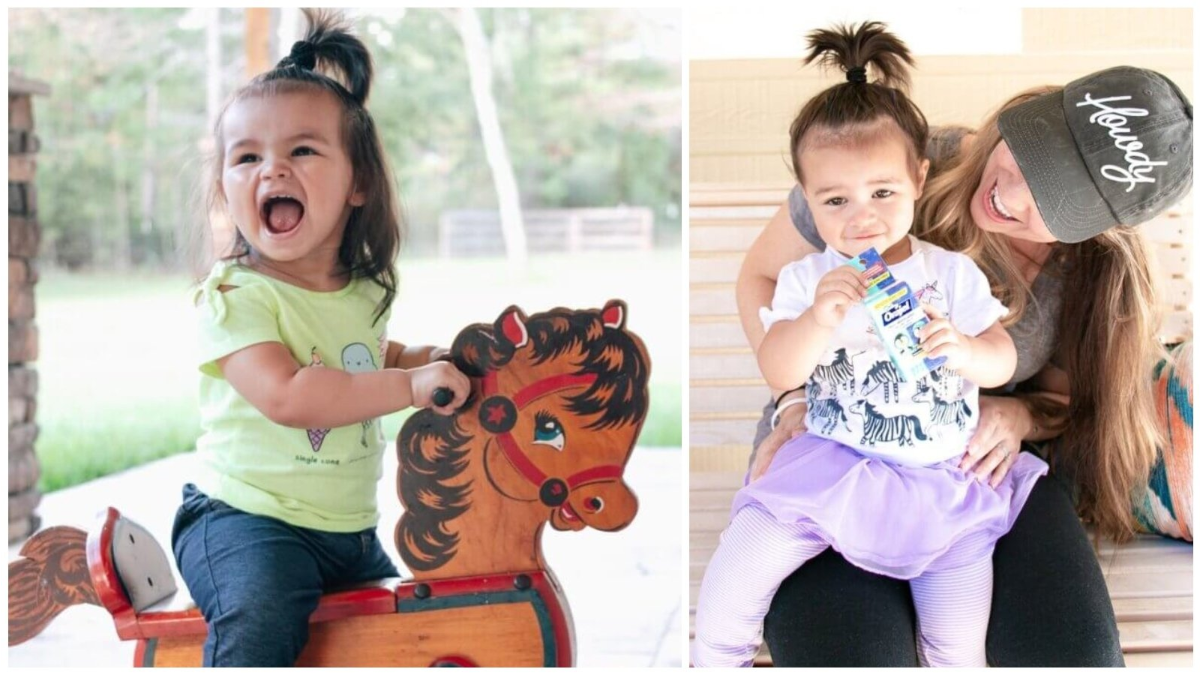
Your Baby Can Be "Cool" — Even When Teething!
I love how when our youngest daughter smiles, it's as if she is smiling with her entire body!
I think what they say about the youngest kid in the family is true — they have the biggest personality! This girl is little, but she is mighty cool!
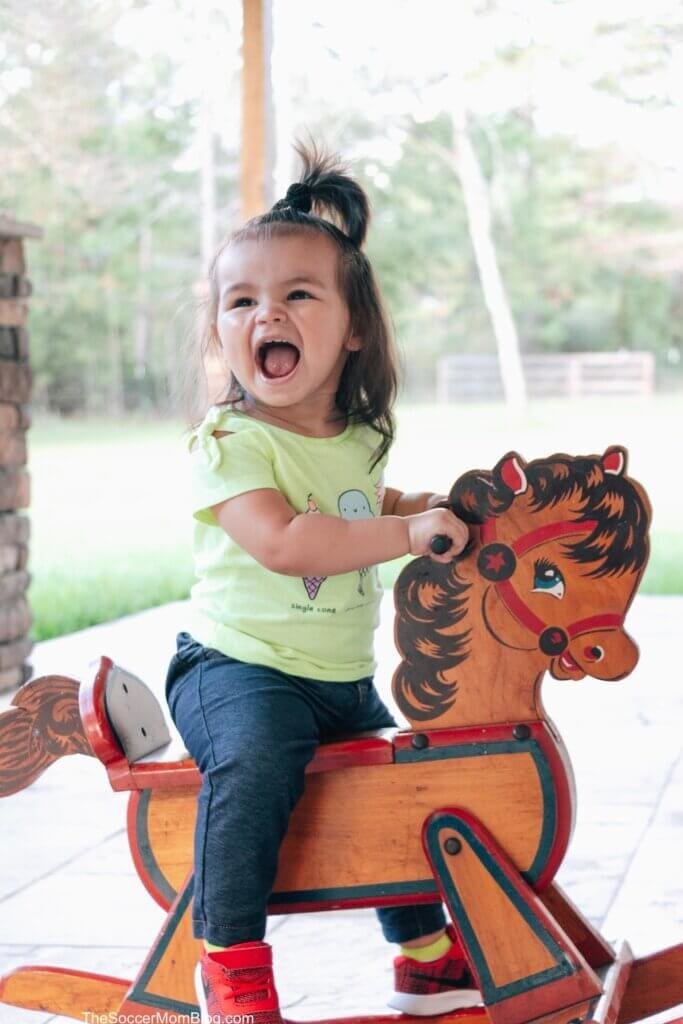
Not only does Miss America pick out her own clothes in the morning, she also has a strong preference when it comes to music and is a big factor in determining our driving playlists.
But let me tell you what is NOT cool … teething! At 15 months, she's got four top teeth, two bottom teeth, and one molar so far. They all came in very close to each other, so teething has been a big pain — pun intended!
However, over the years we've figured out a few tricks and home teething remedies that actually work. Keep reading to learn our best baby teething tips and our "secret weapon," Orajel™ Non-Medicated Cooling Gels for Teething!
When Do Babies Get Their First Tooth?
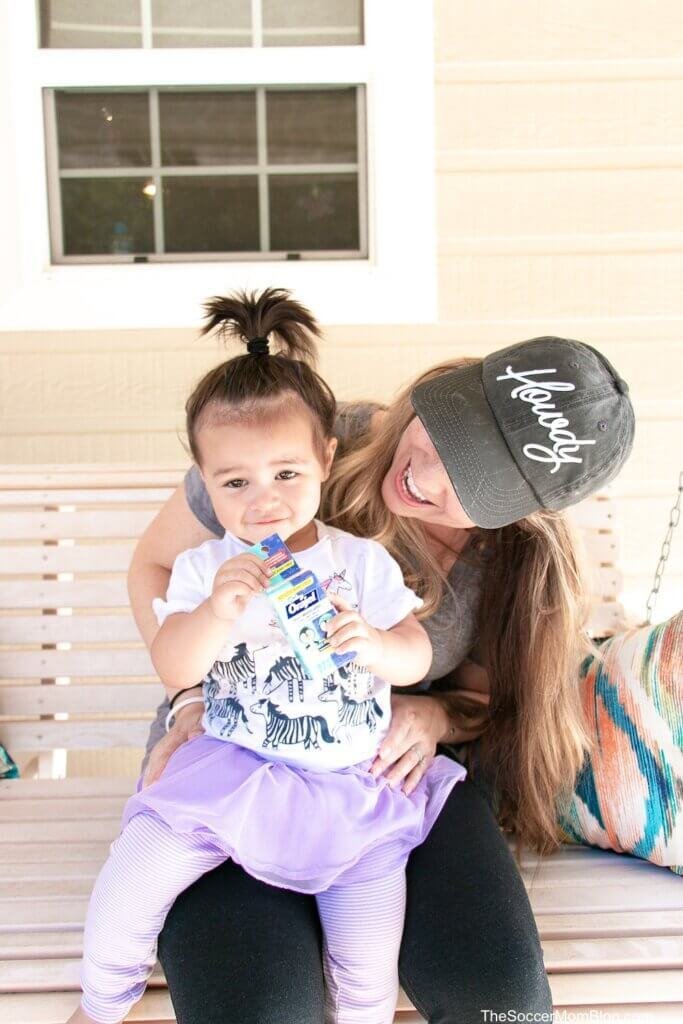
The average age range where babies get their first tooth is between 5 and 12 months of age (source). However, some babies are born with teeth (like my husband was) and some babies start teething later.
Even within a family, babies develop differently. Our middle daughter got her first teeth around 4 months old, while our youngest daughter was toothless until almost a year!
Signs of Teething
Sometimes it's easy to tell when a baby is teething — you can see a little tooth starting to poke through the gums! However, when your baby is not acting themselves, you might wonder "is my baby teething?"
The following are a few common signs of teething in babies and toddlers:
-
Drooling
-
Chewing on hands or objects
-
Fussiness
-
Changes in sleeping habits
-
Red or irritated gums
-
Low-grade fever (100°F or lower)
Does Teething Cause Fever?
The term "teething fever" is probably tossed around more than it should be, as fever is not a very reliable symptom of teething. Fever can mean many things in babies, and that is why it can be confusing to pinpoint exactly what is the true cause.
While teething may indeed cause a slight elevation in a baby's body temperature, any temperature higher than 100°F usually means that a baby is actually sick (source). Fever combined with other symptoms should probably get checked by a pediatrician.
6 Teething Remedies for Babies & Toddlers
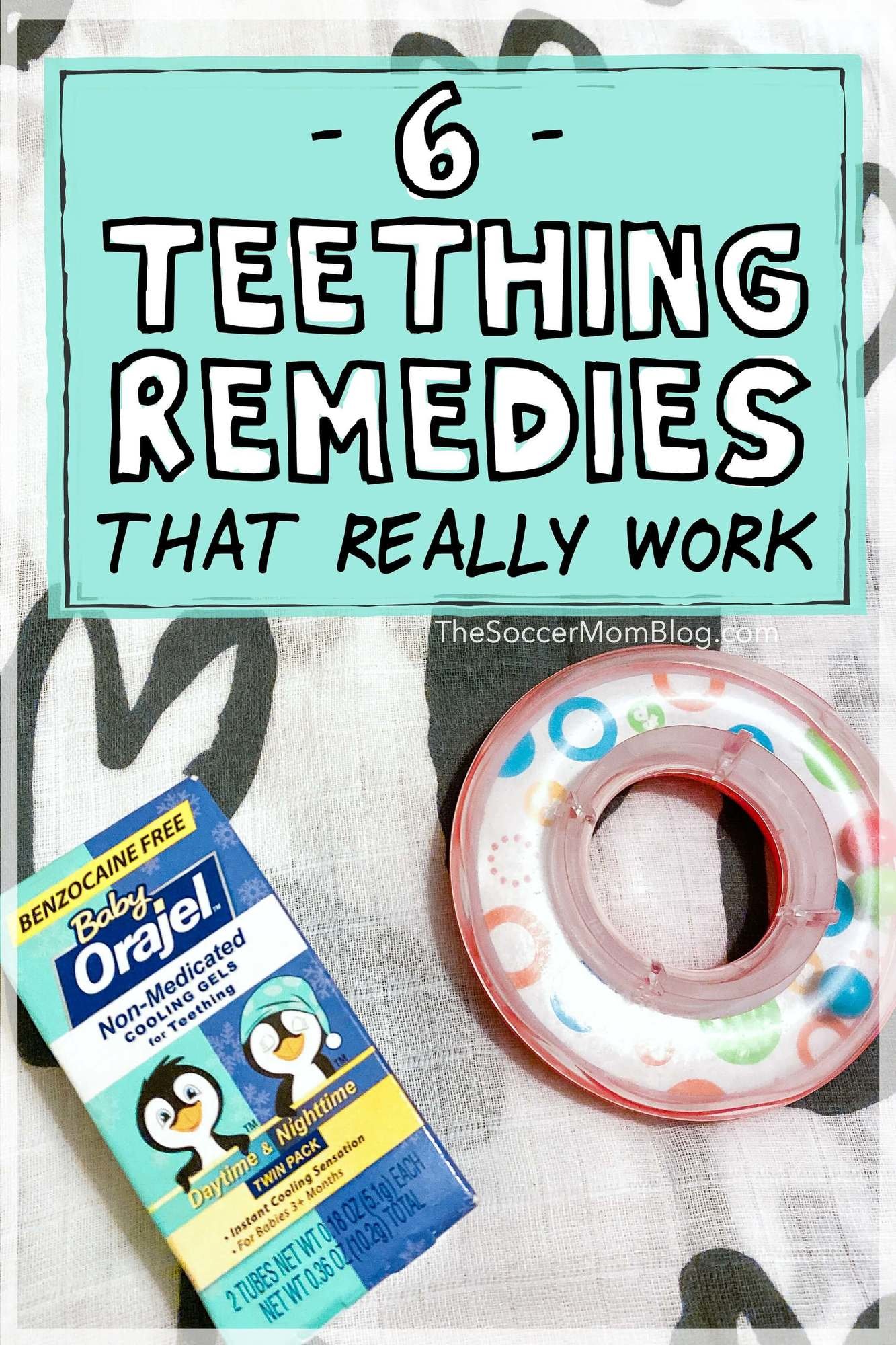
-
Teething Rings: There's a reason why teething rings are one of the most popular baby items on the market! Teething babies often chew on their own fingers or hands; a teething toy gives them something safe to gnaw on and prevents skin injuries from sharp new teeth.
-
Breast Milk Pops: A soothing, cool teething pop combined with the comfort of mama's milk. Simply fill a popsicle mold or breast pop mold (like this one) with pumped breast milk and you've got a soothing teething remedy that's good for baby!
-
Brush Teeth: It's important to start caring for baby's new teeth as they arrive, but "brushing" gums with an infant brush also helps remove saliva that can irritate gums. Orajel™ makes a handy finger brush for babies that is perfect for this!
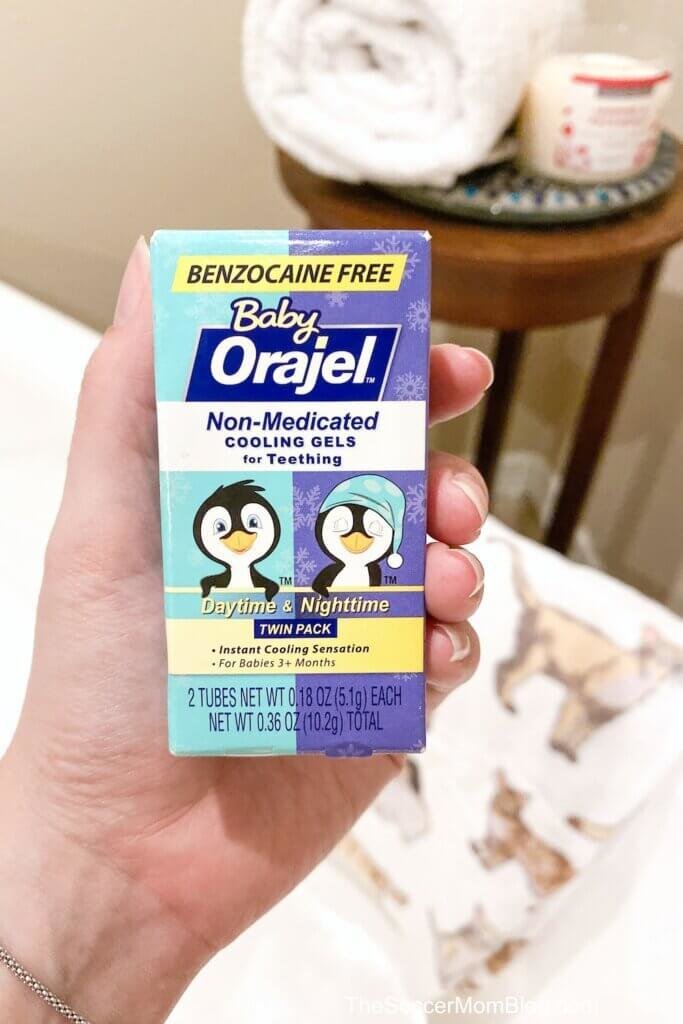
-
Cold Washcloth on Gums: If a frozen teething ring or breast milk pop is too cold for your baby, try a cool washcloth instead. Run a soft clean cloth under cold water, then wring out excess liquid so that it is not dripping. You can rub on baby's gums for them, or allow them to chew on it themselves.
-
Teething Biscuits: Crackers, baby biscuits, puffs, or any baby/toddler food with a little "crunch" may be a soothing sensation for sore gums. Both of our daughters loved little crispy snacks to keep them busy and distract from teething pain. Note: Always make sure that the foods you choose are appropriate for your baby's age and abilities and supervise while they're eating.
-
Orajel™ Non-Medicated Cooling Gels for Teething: Sometimes when teething pain is especially bothersome, this benzocaine free formula from Orajel™ provides an instant cooling sensation on a baby's gums. It's our "secret weapon" to keep our baby feeling cool, even when teething is at its worst!
More About Orajel Teething Products
When choosing teething remedies for our daughter, I always look for non-medicated options for teething pain relief.
I'm a big fan of Orajel™ Non-Medicated Cooling Gels for Teething because they are safe when swallowed, when used as directed. And you can really tell that they provide a sense of relief!
In addition to being benzocaine free, Orajel™ Non-Medicated Cooling Gels for Teething are also free of:
-
Parabens
-
Aspartame
-
Artificial colors
-
Sugar
-
Gluten
-
Dairy
-
Menthol
-
SLS
-
Belladonna
Knowing the care that went into making this product as safe as possible for babies gives me a lot of peace of mind!
You can apply Orajel™ Non-Medicated Cooling Gels for Teething up to four times a day, as needed, on babies 3 months and older. There's even a daytime formula and a nighttime formula with calming chamomile — all in the same box!
Click here to learn more about how Orajel™ teething products can help your baby be cool too!
Stacey Garska Rodriguez is a mom of three and founder of The Soccer Mom Blog where she focuses on positive lifestyle, recipes, parenting encouragement, kids activities, DIY & home, fitness, and more. Click here to read this post on Stacey’s site.



